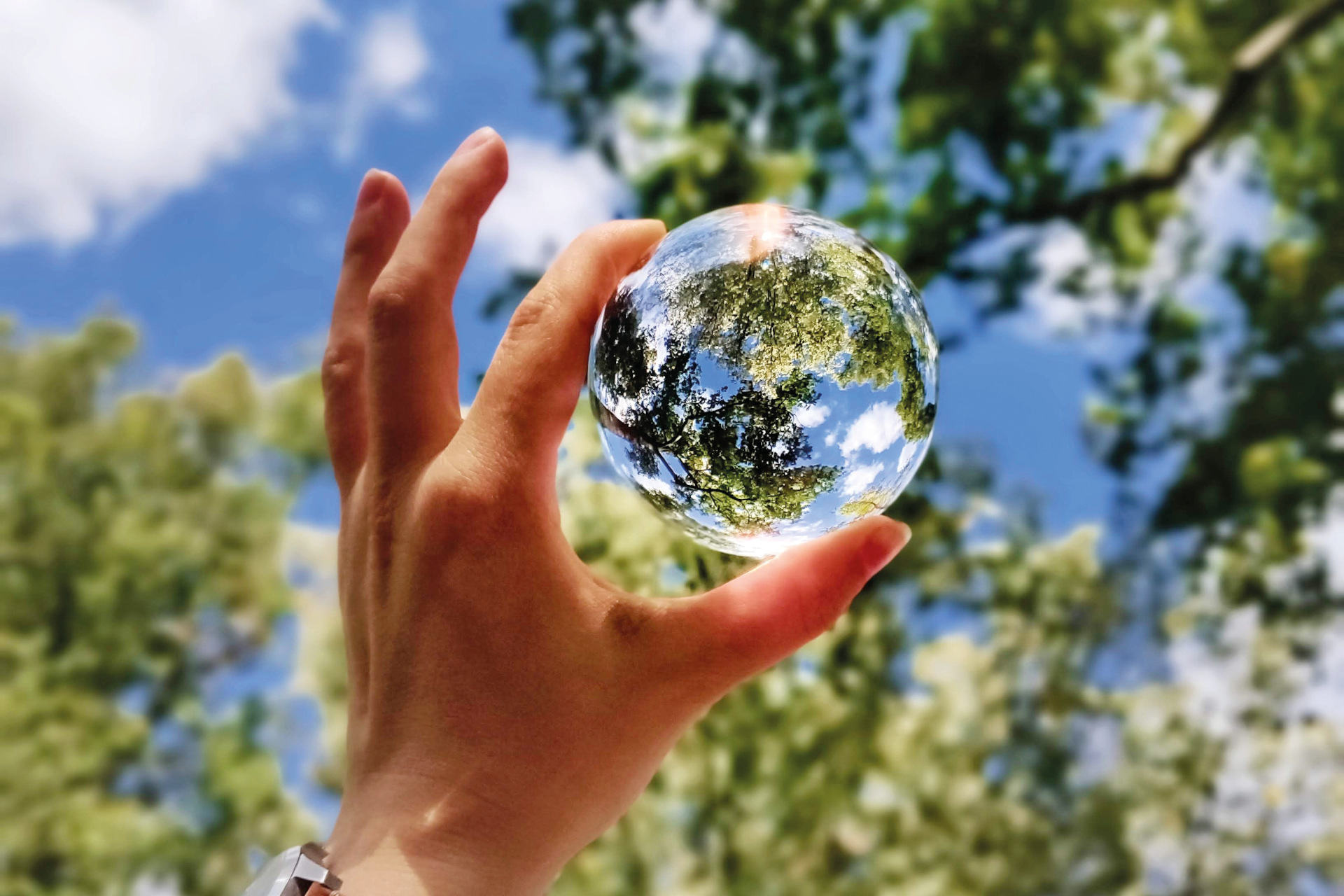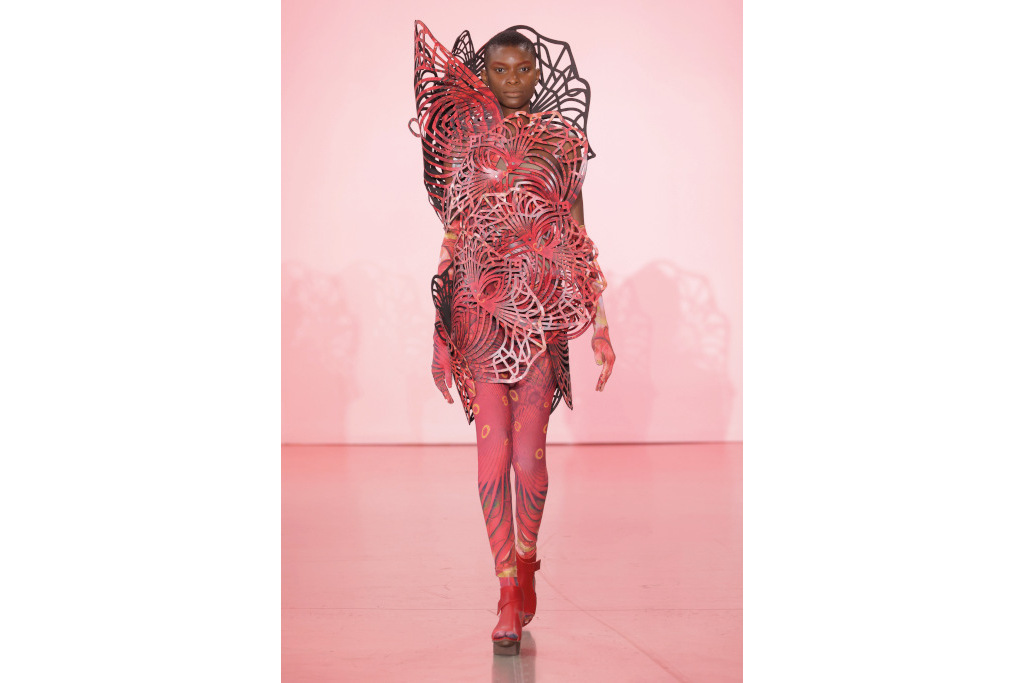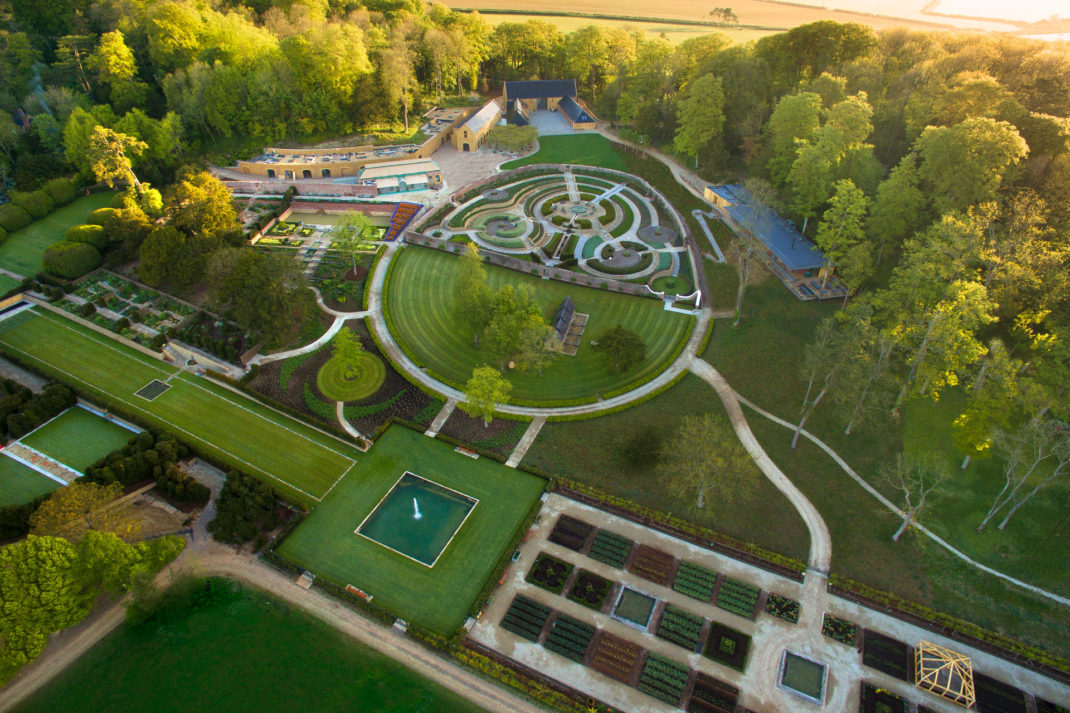The Positive Disruptor: Learning from Nature
By
3 years ago
What can nature teach us?

We need to start learning from nature, says James Wallace
The Positive Disruptor: Tangible Solutions To Our Climate Crisis
The Positive Disruptor: Learning from Nature
How do we learn from nature?
Kill it, cut it up, look at it under a microscope. Patent it. This is conventional problem solving. For four hundred years, this ‘mechanistic’ and ‘reductionist’ scientific methodology has underpinned Western Europe’s global rampage on culture and nature.
The upside? We can eat what we want, travel where we want, talk with whom we want. Technological advancement of the ‘Anthropocene’ has birthed centenarians, found vaccines for pandemics and propelled billionaires into space. However, Descartes, Newton and Bacon wouldn’t recognise their baby: the Age of Enlightenment has accidentally snuffed out too much life.
There is, however, another paradigm of ‘holistic’ science where Goethe, Heidegger and Jung show us that nature is paradoxically finite and bountiful; chaotic yet self-regulating; blood-thirsty yet nurturing. Every part is whole and yet part of a greater whole. Just as nature relies on its delicate, balanced systems to thrive, so too do we rely on the people, organisms and landscapes that nourish us.

unsplash
What can nature teach us?
Have you ever seen a dirty beetle? VW-badged, yes. But not six-legged and strolling along a stick. Have you ever wondered why? Convertible Beetles have smooth surfaces to which muck clings easily. Invertebrate beetles have bumpy shells from which mud is repelled. Simple but who’d-a-thought-it?
Following George de Mestral’s invention of Velcro having observed burrs on his dog’s fur in 1948, Janine Benyus coined the term ‘biomimicry’ in 1997, catalysing a design movement to harness natural ingenuity that solves the world’s most critical problems.
What is biomimicking?
The Eastgate Centre in Harare is climate controlled by passive natural convection biomimicking termite mounds whose ingenuity goes one step further than architect Mick Pearce: their ‘buildings’ maintain humidity for growing the fungus that feeds them as well. Soil and cooperation equals cosy home and endless nosh.
Cypris Materials’ paint has polymer nanostructures that refract light like the scales on blue morpho butterfly wings scattering structural colour while acting as a cooling agent. Think bright and cool house, boat or VW Beetle minus polluting chemicals.
For decades, John Todd’s Eco-Machines have transformed toxic waste into drinking water with the help of algae, fungi and bacteria, without spewing fumes.
Humans have been biomimicking for millenia. Even our Neolithic wattle and daub houses deployed the mud and sticks used by beavers in lodges and birds in nests.
Already, science and technology are dancing reciprocally once again with Earth’s utility and resources. Waste-free, closed-loop biomimetic systems of farming, building, clothing and transport are being developed by Boeing, Levi-Straus, Kohler, Interface, General Electric and many others.
In a global free market driven by growth in a finite world, we must self regulate and solve problems like nature. To design and grow in cycles rather than extract and consume in straight lines. Only then can we ask humbly of Gaia – Mother Earth – please Miss, can we have some more?
Think Differently, Act Now
Tangible ways to usher in a more hopeful future for planet Earth
Catch an Eye… In 3D-printed fashion devoted to cultural coexistence and minimising waste. threeasfour.com
Study… With the Biomimicry Institute and solve global problems naturally. biomimicry.org
Design… With Michael Pawlyn’s buildings for a sustainable future. explorationarchitecture.com
Build… Green cities that nourish with architecture and design studio William McDonough + Partners. mcdonoughpartners.com
Run Wild… In bio-compatible, recycled, natural fibres with Vivobarefoot. Tracker II FG walking boots, £200 vivobarefoot.com
READ MORE: Giving Nature A Seat At The Table / My Little Green Book: Surfers Against Sewage / Nature Is A Human Right: An Eco-Conscious Book About The Natural World





